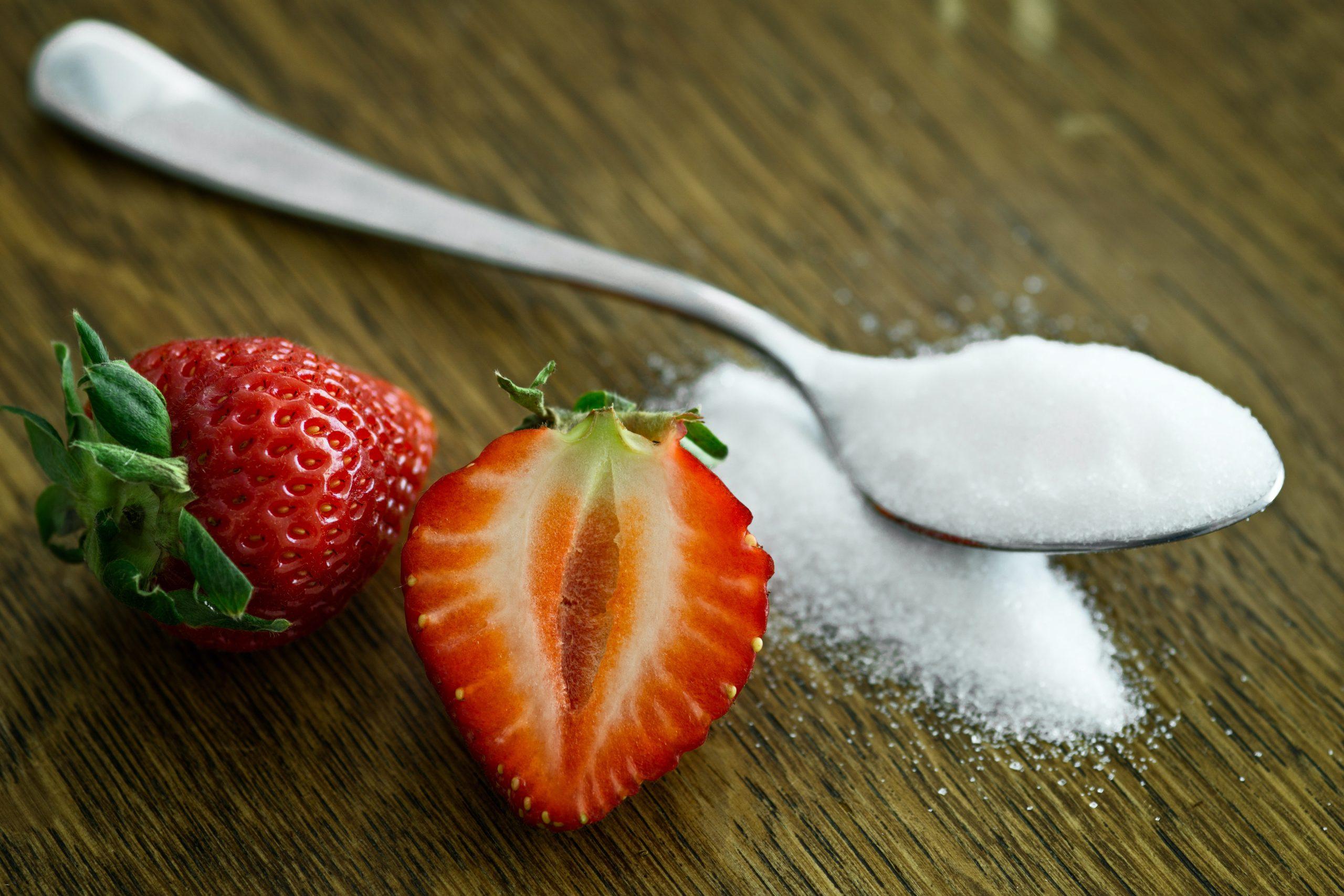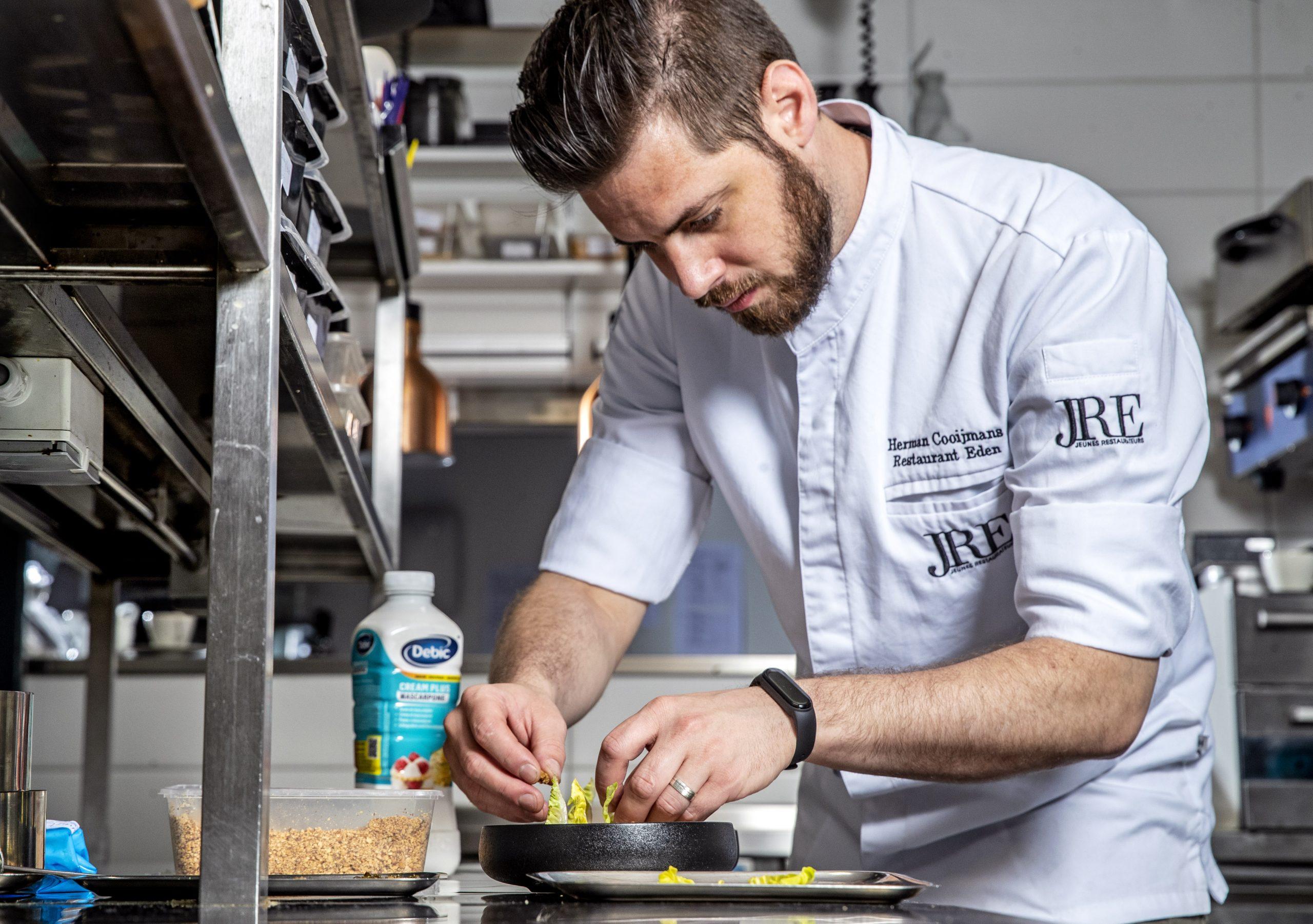
Sugar free and low sugar ice cream
Today I want to talk to you about sugar free and low sugar ice cream. In my experience, sugar-free ice cream does not always have the best reputation within the gastronomy and hospitality sector. I have always had a bad affiliation with sugar free ice cream, based on my education and my work experience. This is caused by several factors. One is that there has been a very small offer, and on the other hand because there were often no good alternatives in the past. This is really a shame, because making a sugar free ice cream recipe is not difficult, and certainly nothing worse than the normal ice cream you would buy or make.
Ice Solution
Personally I believe that we should be aware of our bodies and our food. I always use this in my kitchen at Restaurant EDEN. A lot of all the ice cream I make there is either sugar free or low sugar. This stems from the following view.
1, I don’t like sweet, I think you can do a lot of fun things with sweet flavors. However, I believe that we want to use too much sweet too often. This is at the expense of the taste.
2, there are “tastier” options for sugar. Of course “tasty” is a relative term and therefore different for everyone. But by replacing your sugar with worthy alternatives, you can get so much more out of your ice cream.
3, diets and allergies. There is an increasing demand for this. Whether it’s a low-carbohydrate diet, a sugar free diet, or maybe because you have diabetes and can’t just eat sugars. You can take these needs into account by looking at your ice cream recipe.

In Ice Solution this is good and easy to deal with. Here you will find at least 100 different products that you can use to make your ice cream recipe. If you do not opt for sugars, you are already taking a big step in the right direction. You then only have to look at your dairy and the flavoring agents, to determine if you have an ice cream recipe that is suitable for everyone and every diet.
What is sugar free or low sugar
Sugar free and low sugar can be created in several ways. There are rules and laws that must be followed when making claims about food. This is checked by the NVWA (Dutch Food and Consumer Product Safety Authority). In the field of sugar, a number of claims can be made;
Low energy value
Your product contains a maximum of 40 kcal (170 kJ) per 100 grams.
Reduced energy value
The amount of energy per 100 grams has been reduced by at least 30% (compared to the ‘normal’ value of the product). You also state how you achieved this. Example: an apple square has an average energy value of 1432 kJ per 100 grams (Source: Dutch Nutrient Database (NEVO, 2016)). The claim ‘reduced energetic value’ may only be stated if the energetic value of the apple square you developed is a maximum of 1000 kJ per 100 grams. You state, for example: ‘reduced energy value because less sugar is used’ or ‘reduced energy value because less fat is used’.
Contains no energy
The claim that a food does not contain energy is only permitted if the energy value of the product does not exceed 4 kcal (17 kJ) per 100 ml. This claim is only allowed for beverages.
Low in sugar
A claim that a food is low in sugar is only permitted if the product contains a maximum of 5 grams of sugar (mono- and disaccharides) per 100 grams.
Sugar free
The claim that a food is sugar-free is only permitted if the product contains a maximum of 0.5 grams of sugar (mono- and disaccharides) per 100 grams.
No added sugars
This claim is only allowed if no mono- or disaccharides or other foodstuffs used for their sweetening properties have been added to the product. If a food naturally contains sugars (for example, fruits contain fruit sugar), the following should also be stated on the label: ‘THIS PRODUCT CONTAINS NATURALLY PRESENT SUGARS’. Examples of foods that are added for their sweetening power are honey, maple syrup, glucose or fructose syrup or concentrated fruit juice.
Sweeteners are not sugars. As you can read, there are several approach routes to an end product with little or no sugar. With sugar we only talk about mono- and disaccharides. Monosaccharides: Monosaccharides are simple sugars mainly found in honey and some fruits. Examples are glucose (grape sugar) and fructose (fruit sugar). Disaccharides: Disaccharides are dual sugars (di = two); Examples of disaccharides are cane or beet sugar (= granulated sugar or sucrose), invert sugar, palm sugar, malt sugar (maltose) and milk sugar (lactose).
Read more about this in the article; Sugars, Monosaccharides or Disaccharides.

Polyols / Sugar alcohols (non-intensive sweeteners)
Strictly speaking, polyols are not carbohydrates, but derivatives of carbohydrates. They are chemically reduced, with the double-bonded oxygen atom replaced by a hydroxide or alcohol group. Hence the name sugar alcohols. They are mainly used as sugar substitutes. They can be made from mono-, di- and trisaccharides. They do, however, have an energetic value and therefore also affect your blood sugar level. This value is almost half of a sugar. Sugars have 4 Kcal per gram, Polyols on average only 2.5 Kcal per gram. Erythritol has an energy value of 0. Polyols are therefore not sugars. They can therefore play a role in making an ice cream recipe that should be sugar free or low in sugar.
Please note, polyols can have a negative effect on your intestines if you eat this in very large quantities at once. Erythritol is the only polyol that does not have this. Many polyols also have a mint/fresh-like aftertaste. Think, for example, of Erythritol, Xylitol & Sorbitol.
Read more about this in the article; Polyols
In the ice cream calculator you will find all these different products from all these different categories. In this way sugar-free and low-sugar ice cream is one step closer for everyone and it is made another step easy.

